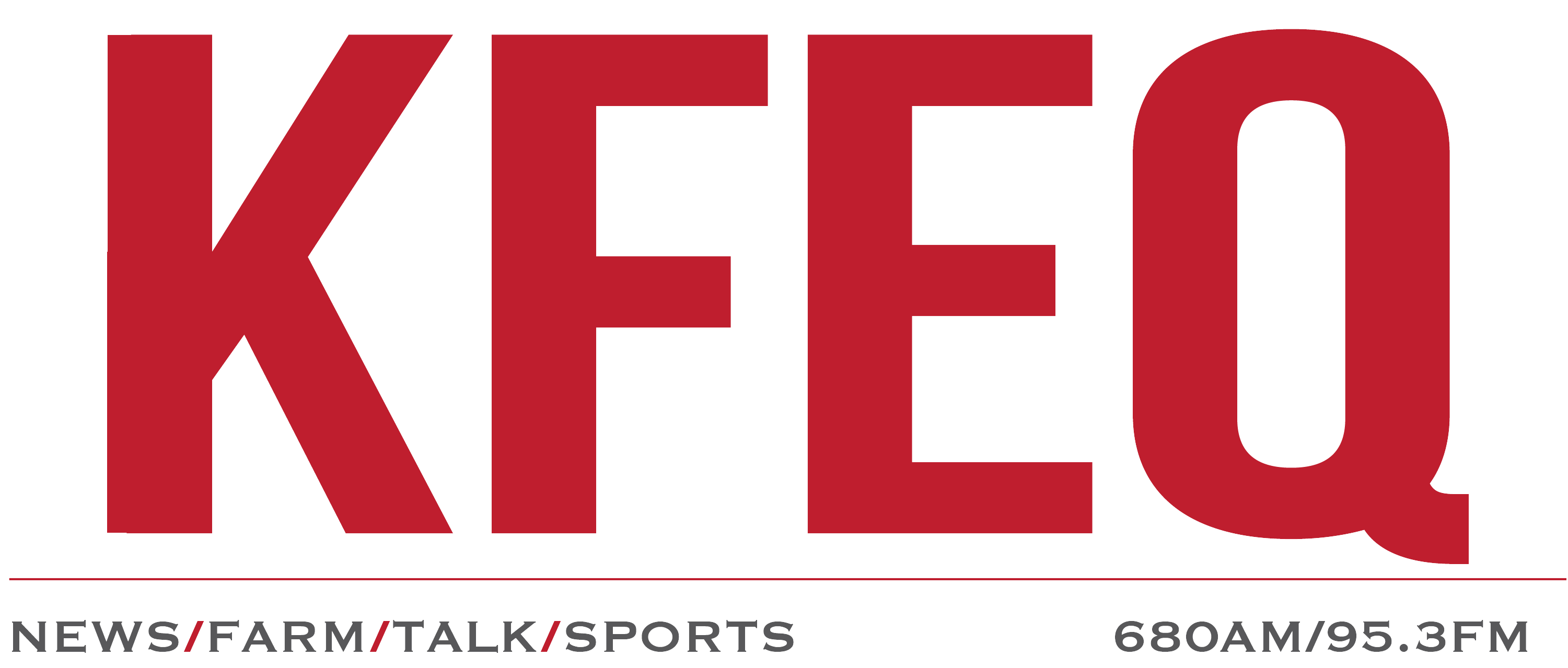
GENERAL COMMENTS:
July corn closed down 5 3/4 cents and December corn was down 2 3/4 cents. July soybeans closed down 8 1/4 cents and November soybeans were down 9 3/4 cents. July KC wheat closed up 6 1/2 cents, July Chicago wheat was up 5 cents, July MIAX Minneapolis wheat was up 1 3/4 cents.
The U.S. Dollar Index is down 0.52 at 98.81. The Dow Jones Industrial Average is down 6.0 points at 42,288.0. August gold is up $82.10 at $3,397.50, July silver is up $1.71 at $34.74 and July copper is up $0.1720. July crude oil is up $1.78 at $62.57, July ultra-low sulfur diesel is up $0.0427, July RBOB gasoline is up $0.0391 and July natural gas is up $0.249.
CORN:
July corn futures closed down 5 3/4 cents on Monday to $4.38 1/4. New crop December futures were down 2 3/4 cents to $4.35 3/4. The corn market saw Monday’s early upward momentum fade as the session wore on, eventually slipping lower for the session likely as the result of the weight of the sinking soybean complex counteracting the positive pull from the wheat market, especially as wheat prices faded well off their daily highs by afternoon.
In Monday’s grain inspections numbers, the USDA reported 62 million bushels (mb) of corn inspected for import for the week ending May 29. This brings total Federal inspections for the year to 1.913 billion bushels (bb), up 29% from this time in 2024. In other old crop demand news, Monday afternoon will also see the release of the latest Grain Crushings report from the USDA which will update corn used for ethanol in April. Through March, corn used for ethanol was running 0.57% ahead of the 2023-24 corn marketing year. Rough estimation from weekly Energy Information Administration data on ethanol production would point to approximately 434 mb of corn crush in April. The market will also be tuned in for the latest Crop Progress report Monday afternoon at 3 p.m. CDT. A recent drier stretch in the northern grain belt has likely been conducive to wrapping up planting, but any acres yet to go in as of Sunday will face a return of wet conditions across most of the eastern half of the U.S. including most major corn growing regions.
In corn technicals for Monday, $4.42 1/2 remains a key level on July futures to watch as it is the lowest close for the board for 2025 thus far. For Monday, the contract came within half a cent of the level but found support. Beyond $4.42 1/2, $4.36 1/2 stands as the lowest price for July futures overall, which was a price which attracted buyers. Upside resistance is seen immediately at the 20-day moving average of $4.50 3/4, which prices failed to hold above on an attempt early Monday.
The DTN National Corn Index finished Friday at $4.20. Monday’s futures close and implied corn basis of 24 cents under the July board would indicate the Index on Monday afternoon to be near $4.14.
SOYBEANS:
July soybeans traded 8 1/4 cents lower on Monday, closing at $10.33 1/2. New crop November futures were down 9 3/4 cents to $10.17. The renewed trade tensions between the U.S. and China are the clear catalyst for the selling pressure in soybean futures to close last week and again on Monday. Both sides have accused the other of trade violations in recent days. To add to the pressure on soybean prices, ongoing concerns regarding political support for the biofuel industry and the slow progress of the budget bill through the Senate currently.
Export inspections for soybeans for the week ending May 29 totaled 9.9 mb, bringing the total to 1.639 bb or 11% ahead of inspections at the same point in 2024. The USDA is penciling a 9% increase in year over year soybean exports so inspections currently are holding just above the pace needed to hit this goal. In other soybean demand news, Monday afternoon the USDA will release the latest Fats and Oils report with soybean crush data from April. Crush can be expected to come in near 202 mb for April based on the NOPA crush released in the mid-May which was 190.23 mb, as NOPA members typically account for 94-95% of national crush. Oil stocks will also be of interest in light of the recent selloff in soybean oil futures amid shaky biofuel usage through the first quarter of 2025.
In soybean technicals, November soybeans broke below the 50-day moving average at $10.26 3/4 after closing directly even with the mark on Friday. This sets up a move back towards $10.00 to $10.10 as a likely target for bearish traders. The early May low close of $10.18 1/4 is an area of immediate support for prices which held for Monday.
The DTN National Soybean Index finished Friday at $9.92. Monday’s futures close and implied soybean basis of 50 cents under the July board would indicate the Index on Monday afternoon to be near $9.84.
WHEAT:
July Kansas City wheat closed up 6 1/2 cents on Monday to $5.39 3/4. Chicago soft red winter wheat prices were also higher, while MIAX Minneapolis spring wheat futures also traded slightly higher as well. Last week’s late wheat rally was primarily driven by spring wheat futures following the very low initial crop rating released by USDA last Tuesday. However, for Monday, bullishness shifted into winter wheat varieties in reaction to the weekend bombing campaign by Ukraine against Russia.
Wheat export inspections for the week ending May 29 totaled 20.3 mb and brought the running total for inspections for the 2024-25 crop year to 802 mb. The 2024-25 marketing year ended over the weekend, so there will likely be some adjustments to be made for the last few days not captured by Monday’s data as well as Thursday’s upcoming Export Sales report which will report for the same period. All totaled, given the Census Bureau was running approximately 3.4% ahead of the USDA’s shipment estimate through March, a final export figure of nearly 800 mb seems accurate, although again some last minute fine tuning could be expected.
The market will also look forward to the crop update from the USDA Monday afternoon, especially following last week’s low score for spring wheat conditions, particularly in North Dakota. Meanwhile, the winter wheat crop has also declined in condition slightly over the past two reports. The last week featured more rainfall across hard red growing regions and significantly reduced drought in central to western Kansas, while poorly rated Nebraska wheat areas also received 1-3 inches. Meanwhile, in world wheat news, Black Sea wheat growing regions are forecasted to remain hot and dry over the next two weeks, while dryness remains an issue across north-central China.
In wheat technicals, July Kansas City futures fell well off their daily highs Monday after failing on an attempt to challenge the 50-day moving average at $5.51, the highest intraday price for July KC wheat in over a month. However, sellers rejected the move for Monday. The low $5.40s is the immediate resistance to prices which stalled rally attempts twice in May. Support is seen first at $5.28 1/4, the 20-day moving average.
The DTN National HRW Index finished Friday at $4.68, while the DTN National HRS Index was $6.03. Monday’s futures close and the implied basis of 65 cents under the July for HRW, and 22 cents under the July for HRS, would indicate the Indices for Monday afternoon to be near $4.75 and $6.04, respectively.



